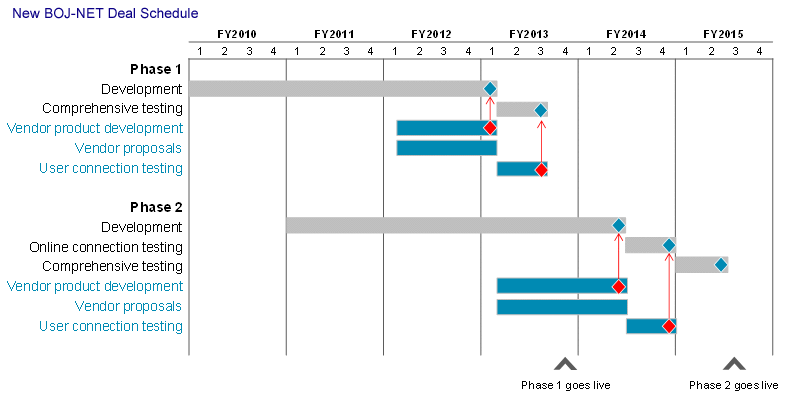Payment Systems Trends in Japan, Part II
New BOJ-NET and Related Corporate Initiatives
Abstract
The computerized backbone of Japan’s payment and settlement system, the Bank of Japan Financial Network System (BOJ-NET), is undergoing an upgrade. Over the past decade the system has added functions and undergone enhancements, but these pale next to this ambitious system overhaul, which promises to have an enormous impact on both systems and operations for financial institutions.
In the report Payment System Trends in Japan, Part 2, Celent considers BOJ-NET, the heart of the nation’s payment system, and analyzes the evolution of this payment service and the related initiatives of payment service providers.
The project’s second stage is scheduled for implementation in autumn 2015. This phase seeks to:
- Streamline settlement procedures for Japanese government bonds (including increasing linkages with securities settlement infrastructures, a shift to straight-through processing, and revisions to deliver-versus-payment operations).
- Adopt new messaging formats (ISO 20022, XML-based messaging).
- Introduce extended operating hours and a core time system.
These changes are expected to prompt financial institution users of the system to undertake significant measures.

“This system overhaul will have an impact on a number of levels. While financial institutions and the service vendors catering to them will have to adapt to new payment infrastructure, the new system will also open the door to new business payment service provision opportunities. In other words, the BOJ’s aims for this new system — a shift to straight-through processing of payments, greater integration with the securities infrastructure, and measures responding to globalization — present companies with the opportunity to craft innovative, disruptive payment systems,” said Eiichiro Yanagawa, author of the report and a Senior Analyst in the Asian Financial Services group at Celent.
This is the second in a two-part report series examining Japan’s payment and settlement system. After proposing an organizational framework for payment systems and payment services and related global trends, Part 1 of this report examines the history of Japan’s payment and settlement system, how it withstood the 2008 global financial crisis, and challenges and the outlook for the future.
Part 2 focuses on Japan, analyzing the national initiative to overhaul the BOJ-NET system to forge a payment and settlement system that is both reliable and adaptable, subsequently discussing the related initiatives being taken by payment service vendors.

